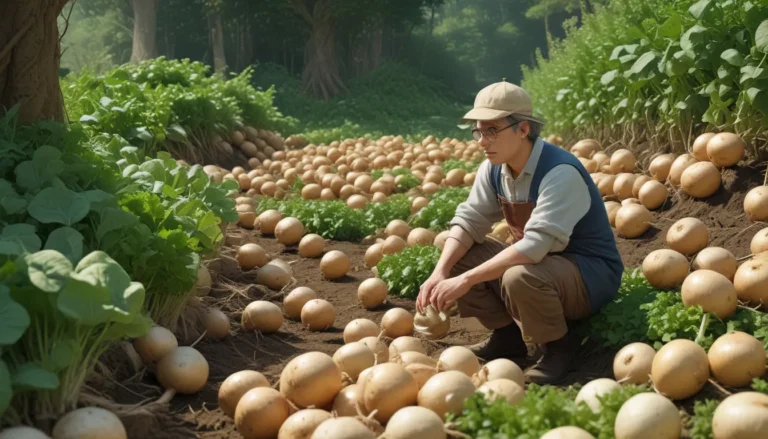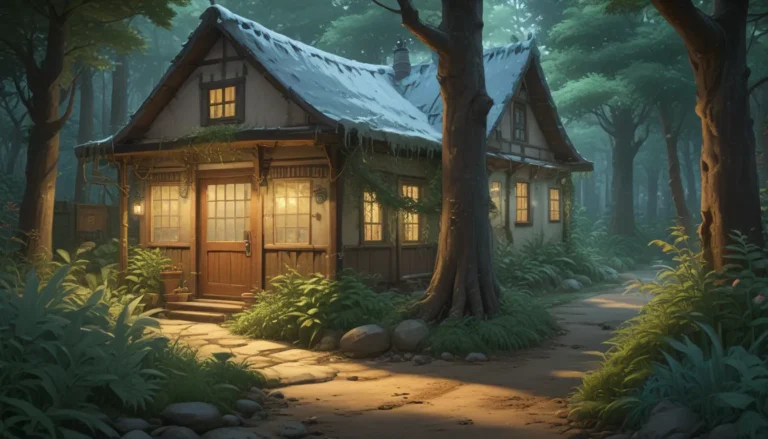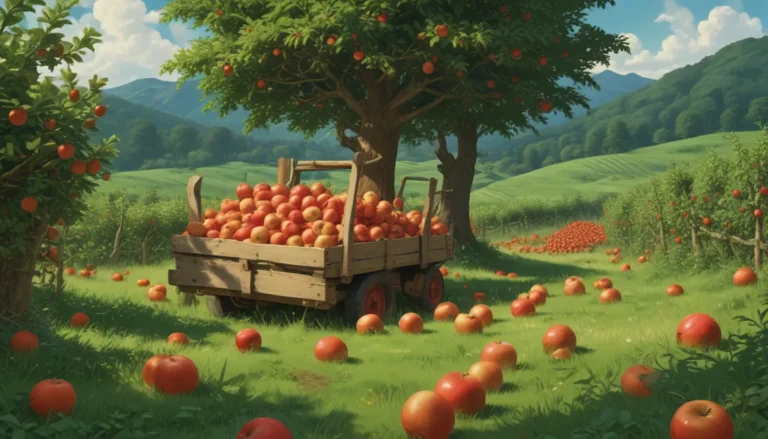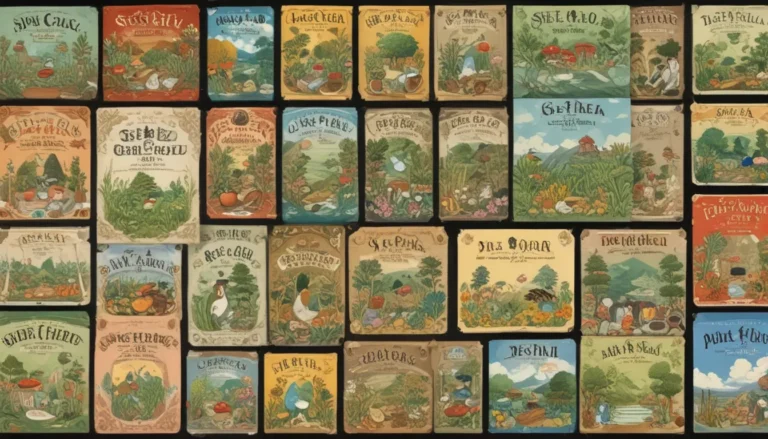Exploring the Difference Between Broccolini and Broccoli Rabe

If you have a passion for trying new foods, you may have encountered broccolini, a vegetable that has gained popularity in home kitchens and restaurants. But have you ever wondered about broccoli rabe, also known as rapini, and how it differs from broccolini? The answer is simple – they are not the same!
In this article, we will delve into the world of these two vegetables to understand their origins, growing conditions, flavors, and various uses in the kitchen. Let’s unravel the mystery behind broccolini and broccoli rabe, and discover what sets them apart.
Differences Between Broccolini and Broccoli Rabe
To start our exploration, let’s take a closer look at each of these vegetables to understand their unique characteristics.
Broccolini
Broccolini, despite its resemblance to broccoli, is not just a miniature version of the familiar vegetable. Its longer, thinner stems and smaller, looser florets distinguish it from broccoli. This hybrid vegetable stems from a cross between broccoli and Chinese kale.
Origins: Broccolini was created by the Sakata Seed Company, a Japanese seed purveyor. Originally marketed as ‘Aspabroc,’ this vegetable failed to make an impact until it was reintroduced by the Mann Packing Company in California under the name broccolini, which led to its success.
In the Garden: Broccolini thrives in cool-season vegetable gardens with full sun and regular watering. While it matures faster than traditional broccoli, it is less cold-hardy and heat-tolerant.
Flavor: With a sweet and mild taste reminiscent of asparagus, broccolini offers a unique flavor profile that sets it apart from broccoli.
In the Kitchen: Broccolini is versatile in the kitchen, whether sautéed with garlic, roasted, or grilled. Its delicate texture pairs well with a variety of dishes, making it a delightful addition to any recipe.
Broccoli Rabe
Moving on to broccoli rabe, also known as rapini, we encounter a vegetable that may resemble broccoli but is actually more closely related to turnips than its lookalike.
Origins: Broccoli rabe has roots in China and the Mediterranean, where it is commonly consumed. Associated with Southern Italian cuisine, as well as Spanish and Portuguese dishes, this vegetable offers a distinct flavor profile.
In the Garden: Similar to broccolini, broccoli rabe thrives in cool-season conditions, though it is less heat-tolerant. Cold-hardy and resilient to light freezes, it matures in 40-70 days, offering a quick harvest for eager gardeners.
Flavor: With a nutty, bitter taste reminiscent of turnip greens, broccoli rabe provides a unique flavor experience that can be enhanced through blanching.
In the Kitchen: Offering stems, leaves, and florets, broccoli rabe is a versatile ingredient that can be used in a variety of dishes. From raw pesto to sautés and stir-fries, this vegetable adds depth and complexity to culinary creations.
Broccolini and Broccoli Rabe Comparison Table
For a quick comparison of these two delightful vegetables, here is a breakdown of their key differences:
| Broccolini | Broccoli Rabe |
| —————————– | ——————- |
| Scientific Name: | Brassica oleracea var. italica x alboglabra Brassica rapa var. rapa |
| Seed Saving: | Hybrid, seeds saved won’t sow true Open-pollinated, seeds will sow true |
| Days to Maturity: | 50-56 30-70 |
| Growing Season: | Cool season, less cold hardy, more heat tolerant Cool season, very cold hardy |
| Harvest: | Stems and florets Entire plant |
| Appearance: | Leaves have smooth margins, long thin stems, small loose florets Leaves have toothed margins, long thin stems, small loose florets |
| Edible Parts: | Leaves, young stems, unopened flower shoots, and flowers Leaves, stems, unopened flower shoots, and flowers |
| Flavor: | Mild broccoli taste, hints of asparagus Nutty, bitter, sharply pungent |
| Cooking Preparation: | Sauté, steam, boil, stir-fry, roast, or grill Most cooks blanch to reduce bitterness — Sauté, steam, boil, or stir fry |
Exploring New Culinary Horizons
Now that you have gained insight into the distinctive qualities of broccolini and broccoli rabe, you are well-equipped to experiment with these green vegetables in your kitchen. Whether you are inspired to grow them in your garden or incorporate them into your favorite recipes, the possibilities are endless.
To further expand your culinary repertoire, consider exploring:
- How to Plant and Grow Arugula: Make Your Greens Shoot Up Like a Rocket
- Harvest Hearty Greens from the Garden: How to Grow Kale
- How to Plant and Grow Turnips for Roots and Greens
Share your thoughts on which of these vegetables has captured your interest and how you plan to use them in your cooking. We would love to hear your insights in the comments section.
As you embark on your culinary journey, be sure to savor the distinct flavors and textures that broccolini and broccoli rabe bring to your dishes. By understanding the unique qualities of these vegetables, you can elevate your cooking to new heights of creativity and flavor.
In summary, by exploring the differences between broccolini and broccoli rabe, you have unlocked a world of culinary delights waiting to be discovered in your kitchen. Whether you are a seasoned chef or an amateur cook, these vegetables offer a unique culinary experience that is sure to impress your taste buds. Embrace the flavors, experiment with new recipes, and create memorable meals with these distinctive green vegetables. Enjoy your culinary adventures!





